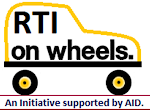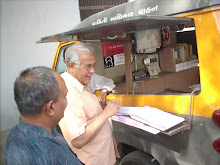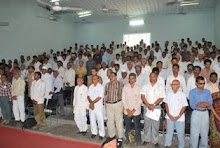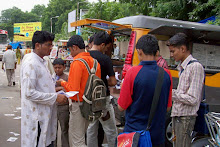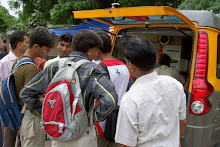The
Hindu: Delhi: Wednesday, June 26, 2019.
Death
toll due to acute encephalitis syndrome (AES) has touched 150 in S.K. Medical
College and Hospital in Bihar with the Central government ensuring that
emergency services are made available to reduce fatalities. Closer home Central
government-run Kalawati Saran Children Hospital, a super-speciality hospital
for children, has been registering over 1,000 deaths each year due to various
medical conditions.
One
of the largest government hospitals for children in India, Kalawati Saran
Children Hospital caters to the poorest of the poor children. The hospital was
given a budget allocation of Rs.111.81 crore last year.
As
per information obtained under the Right to Information by activist Rajhans
Bansal, the hospital has reported 6,604 child deaths since 2013. This includes
4,014 male and 2,590 female child deaths. The hospital registered 1,394 deaths
in its emergency alone during this period. From 2008 to 2012, 10,081 deaths
were registered while other Central government hospitals, including Safdarjung
registered 5,960 deaths and RML 1,034 deaths during the same period.
Growing
number
“We
get the maximum number of admissions of the most sick and malnourished children
in India. Cases referred here are from other medical centres, mostly being
children who are administered wrong treatment or who didn’t get treatment on
time. Despite the hospital witnessing a growing number of patients from across
India, the infrastructure and manpower are inadequate to meet the demands of
the patients,” said a senior health ministry official.
He
added that efforts are being made to ensure that hospital equipment, staff and
medical supplies are adequate to cater to the children.
Doctors
here explained that the most common cause of death at the hospital includes
premature births, respiratory infections, septicemia and other infections. Also
50% of the deaths are reported in the first 48 hours of admission which
indicates that these children are brought to the hospital in a very critical
condition.
Causes
of death
According
to the World Health Organization, the leading cause of death among children
under five in 2017 were preterm birth complications, acute respiratory
infections, intrapartum-related complications, congenital anomalies and
diarrhoea. Neonatal deaths accounted for 47% of under-five deaths in 2017.
“Child
deaths can be prevented by providing immediate breastfeeding, improving access
to skilled health professionals for antenatal, birth, and postnatal care,
improving access to nutrition and micronutrients, promoting knowledge of
dangers among family members, improving access to water, sanitation, and
hygiene and providing immunisations. However, many of these lifesaving
interventions are beyond the reach of the world’s poorest communities,” it
noted.





